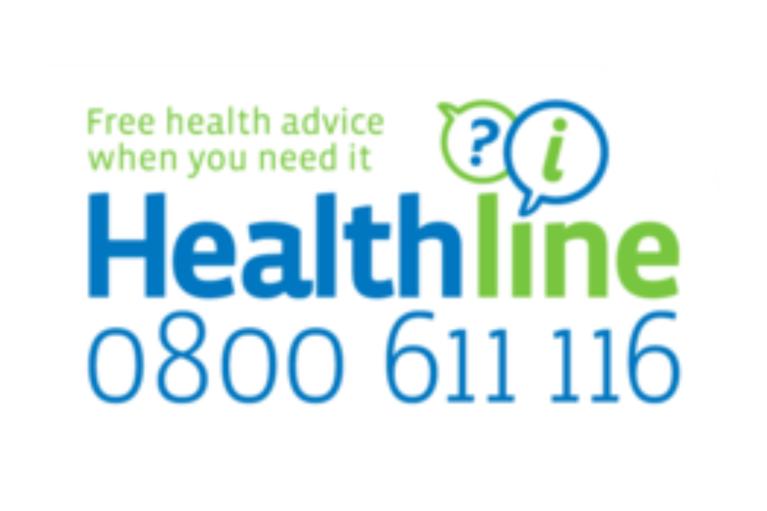A guide to checking sore throats to prevent rheumatic fever.
Source: Copyright Kylie Sullivan 2017
Key points to remember about sore throats
- most sore throats are caused by viruses and need no treatment other than pain relief
- sometimes tamariki can get strep throat (Group A streptococcus bacteria)
- a rare complication of strep throat is rheumatic fever which can cause permanent heart damage
- Māori and Pasifika tamariki should see a health professional in the first 1 to 2 days of any sore throat
Causes of a sore throat
Sore throats are common in tamariki. Causes can include:
- infection by viruses - the most common cause
- infection by Group A streptococcus bacteria (strep throat) - a less common cause
Less frequently, glandular fever (Epstein Barr virus) can cause a sore throat, enlarged glands in the neck, fever and tiredness, particularly in teenagers and young adults. Glandular fever is diagnosed with a blood test.
Glandular Fever In Children & Young People
If your child has a sore throat, call Healthline in New Zealand (for free) on 0800 611 116. They will give you advice about what to do.
If your Māori or Pasifika child or teen has a sore throat, please also talk to a health professional. That's because in New Zealand, Māori and Pasifika tamariki are at greatest risk of developing complications from strep throat. Your child may need 10 days of antibiotics for a suspected strep throat to prevent rheumatic fever.
Possible complications of strep throat
In at-risk people, untreated strep throat can lead to rheumatic fever.
Rheumatic Fever In Children & Young People
Children at risk of getting a sore throat
Sore throats caused by viruses are common in all tamariki. Strep throat is more common in school-age tamariki. Strep throats are rare in tamariki under 3.
In New Zealand, Māori and Pasifika tamariki are at greatest risk of developing complications from strep throat.
When to get medical help for your child with a sore throat
It's very difficult to tell the difference between a viral sore throat and strep throat.
Māori and Pasifika children and teenagers
If your Māori or Pasifika child or teen has any sore throat, please take them to a health professional or school clinic for a throat swab. Your child may need 10 days of antibiotics for a suspected strep throat to prevent rheumatic fever.
Keep your child away from school or early childhood centres for at least 24 hours after they start antibiotics, to reduce the risk of spreading the strep bacteria.
All children
If your child with a sore throat is not Māori or Pasifika, they have a low risk of developing rheumatic fever. Sore throats are usually viral. Most tamariki with a sore throat do not need any tests.
You should see a health professional urgently if your child has:
- drooling (dribbling)
- difficulty breathing
- a new skin rash or bruising
- extreme tiredness or drowsiness
- possibly choked on a foreign object or swallowed a toxic substance
You should see a health professional if your child:
- has symptoms that are not improving after 48 hours
- has not been drinking well for more than 24 hours, or you are worried about dehydration
- has great difficulty swallowing
- has increased snoring when asleep, or periods of stopping breathing when asleep
- has tender lumps in the neck that are getting bigger
Treating a sore throat
Infections caused by viruses can not be treated with antibiotics. The body will clear out the virus on its own without treatment.
If your child needs take antibiotics for a strep throat, make sure they take all the doses for 10 days even if their symptoms have improved. Your child can return to school or daycare 24 hours after they start antibiotics.
Pain relief can help any sore throat. It will help your child eat and drink. You can relieve pain in the following ways:
- paracetamol (you must follow the dosage instructions on the bottle; it is dangerous to give more than the recommended dose)
- gargling with warm salt water (1 teaspoon of salt per glass of water)
- throat sprays can help but stop using them if your child doesn’t like them
- sucking on lozenges can help by increasing saliva production but don't give them to young tamariki because of the risk of choking
- drinking warm liquids - honey or lemon is a common way of providing relief
- cool liquids and ice blocks
If your child has glandular fever (Epstein Barr virus), they should not take antibiotics because antibiotics don't work against viral infections. In fact, some types of antibiotics, especially amoxycillin, can cause a rash in tamariki with glandular fever.
Healthline is available 24 hours a day, 7 days a week on 0800 611 116. Call Healthline if you need advice about a child of any age who is unwell, hurt, or has any symptoms of sickness. It's free to callers throughout New Zealand, including from a mobile phone.
Acknowledgements
The content on this page conforms with:
- Group A streptococcal sore throat management guideline: 2019 update.
- New Zealand guidelines for rheumatic fever. Sore throat algorithm (PDF, 54KB).
The video is copyright Kylie Sullivan 2017. Licensed under a Creative Commons Attribution-ShareAlike 3.0 Unported License. Acknowledgements: Starship Child Health, Starship Foundation, Auckland District Health Board (Alison Leversha, Faith Mahony).

